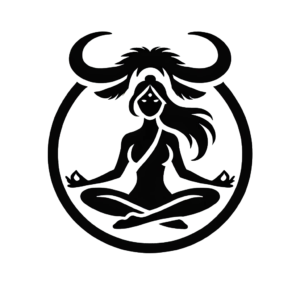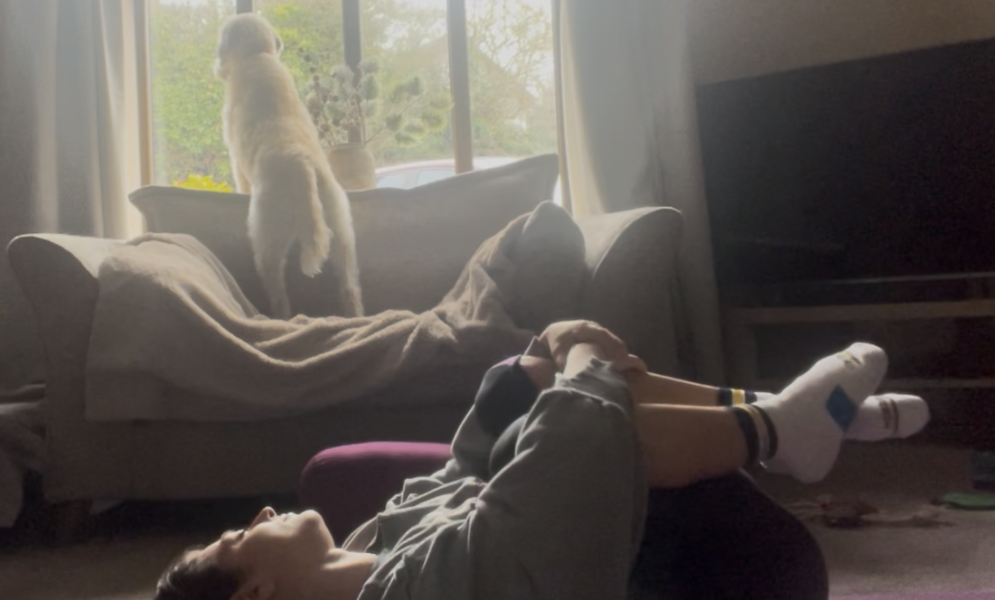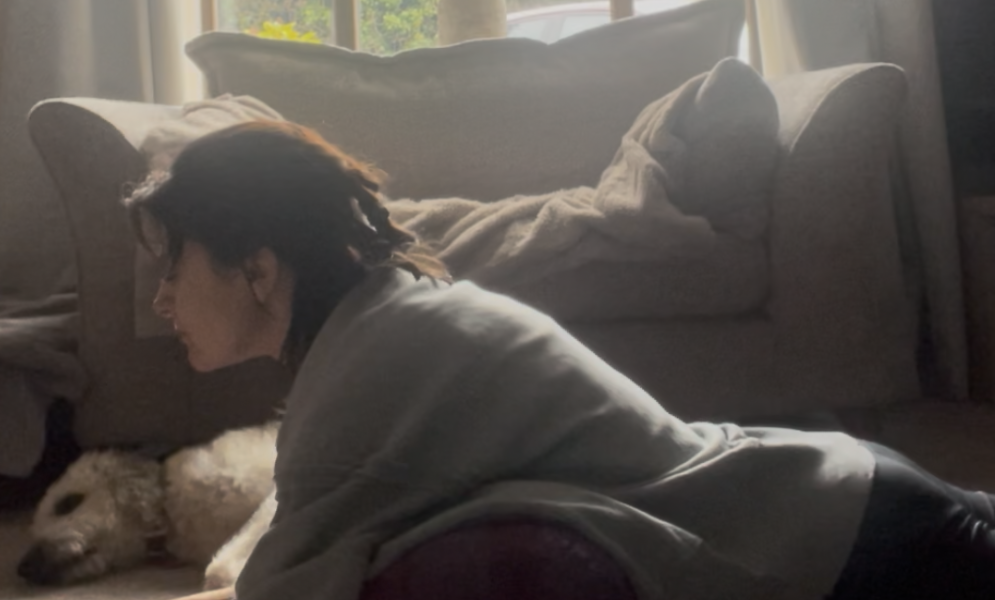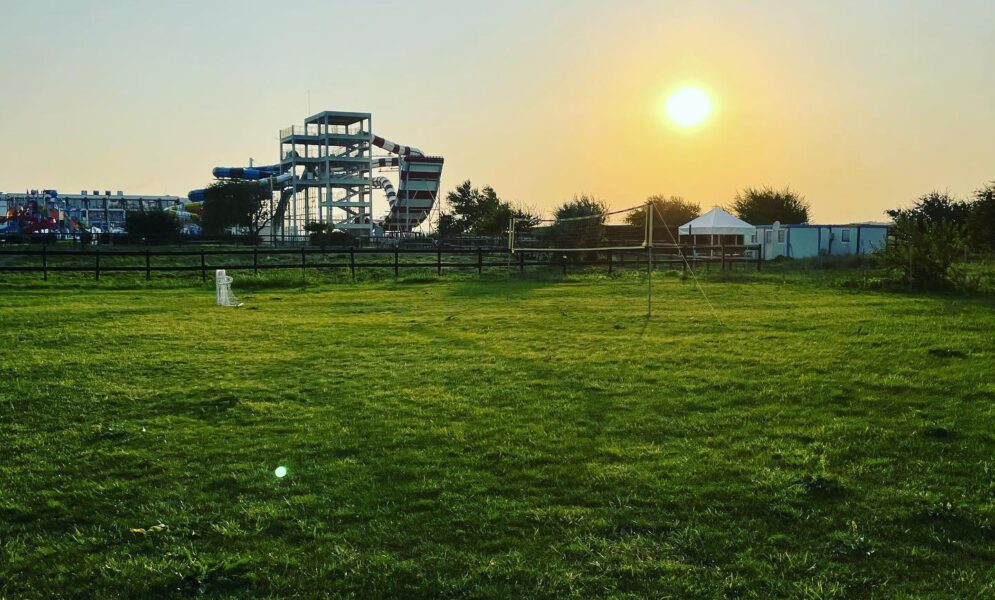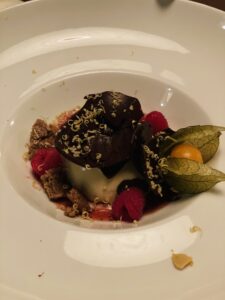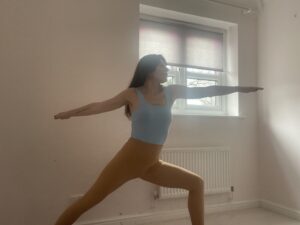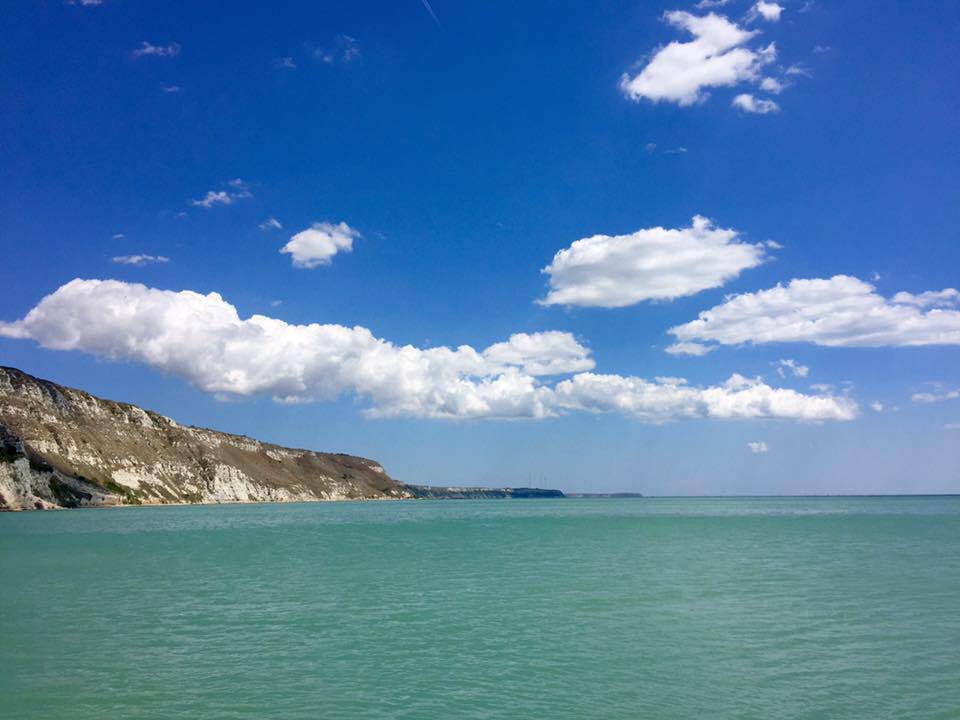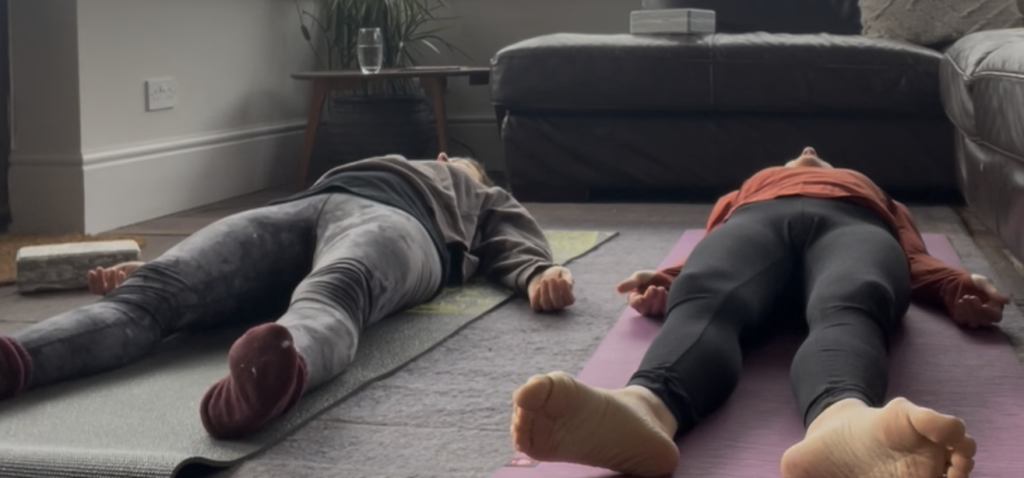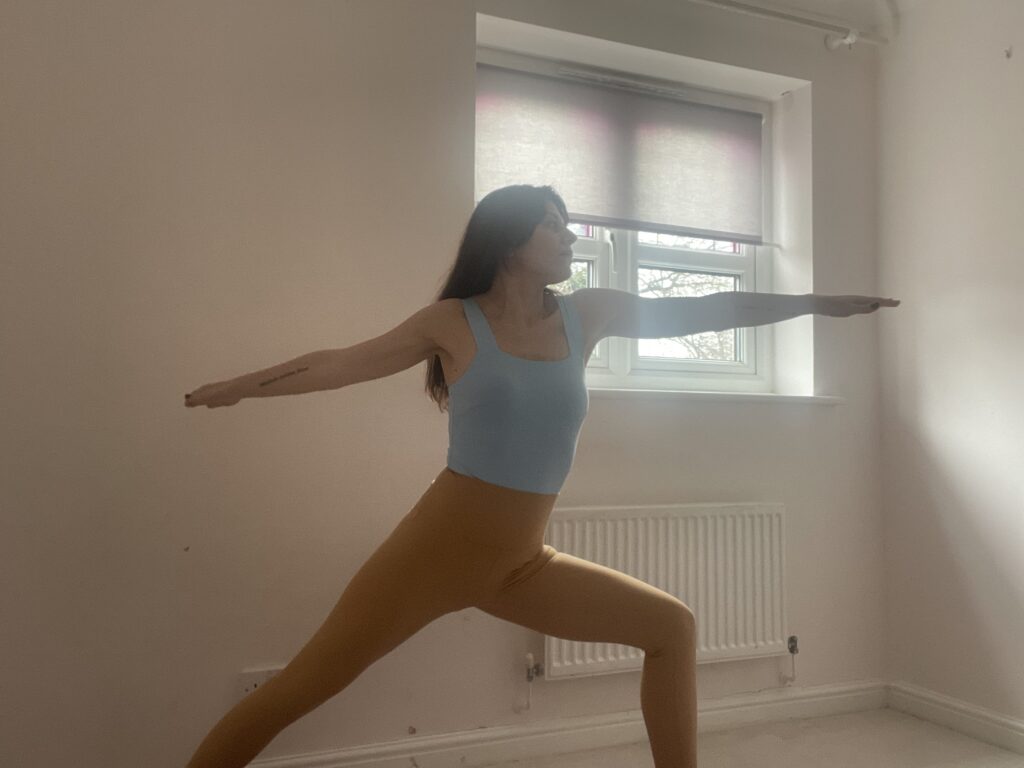YIN YOGA
Yin Yoga is a relaxed style of yoga that uses bolsters and other props to support the body whilst it stretches into an asana using the force of gravity. This type of yoga works with the connective tissues, releasing tension and de-clogging the nadis. It is a slow-paced practice, where you hold a pose of 3-5 minutes at a time, letting go of your muscles and surrendering to the natural forces operating within your body and its environment. However, Yin Yoga is different from restorative yoga, as it is far from “easy” and convalescing. In fact, Yin Yoga challenges the mind and the body in a different way to other styles, as it is a practice of sitting still with whatever arises. It grounds us in the present moment, teaching us patience and mindfulness.
According to Bernie Clark the best time to do our yin practice is when our muscles are cool (so they don’t steal the stretch away from the deeper tissues). Time-wise, that means either early in the morning (when the muscles are more likely to be cool) or last thing at night (to calm the mind before sleep).Yin is also recommended before an active yang practice, such as Ashtanga (again, before the muscles become too warmed up). Seasonally, it’s best to embrace Yin during the Spring or Summer (to balance a natural yang time of year). You can turn to Yin whenever life has become very hectic (to balance the yang energies in your life), or after a long trip (traveling is very yang, even if we are sitting down a lot during the trip).For women, it is beneficial to practice Yin during their menstrual (moon) cycle to conserve energies. Yin Yoga deliberately targets the deeper connective tissues. To be most effective we want the muscles to be relaxed. If the muscles are warm and active they will tend to absorb most of the tension of the stretch. When we do our Yin Yoga practice early in the morning, the muscles have not yet woken up; this is why we feel so stiff when we first wake up. In the same way, doing our Yin practice before an active yang practice allows the stretching to settle deeper into our tissues. By the end of the day our muscles have been warmed up and are at their longest. The physical benefits of a Yin practice will be fewer at this time; however, the psychological benefits may be greater. The daytime is yang. A Yin practice, before going to sleep, may balance this energy. As Bernie Clark says, “Balance is achieved when we cultivate Yin energies.”
